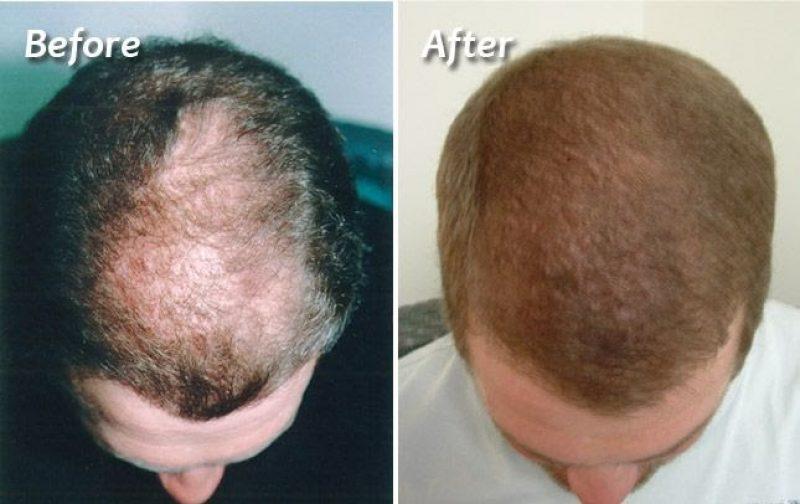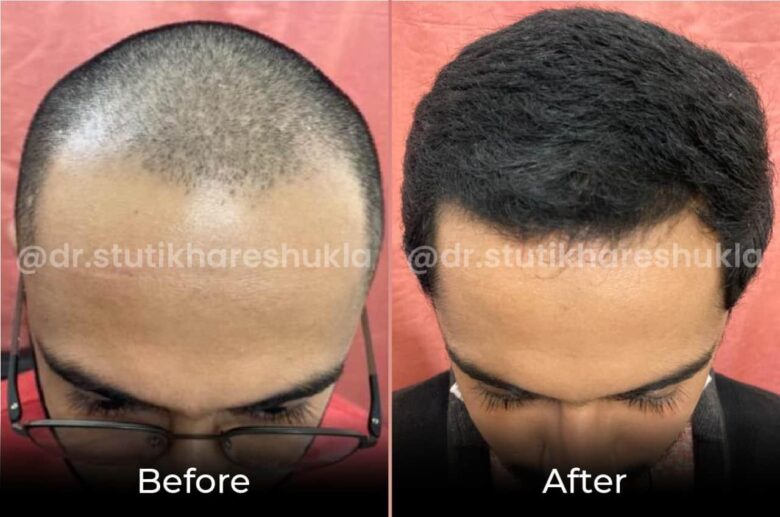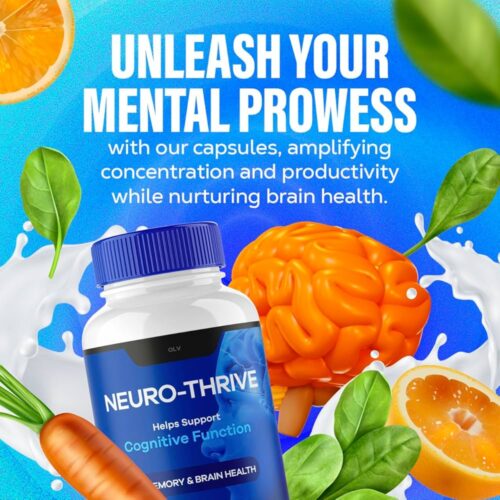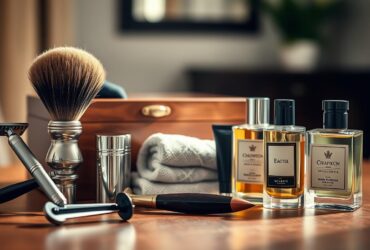
Best Non-Surgical Options for Hair Growth in Men Over 40
As men approach their 40s, many experience hair thinning and loss, leaving them searching for effective solutions. While surgical options like hair transplants exist, many prefer non-surgical methods to promote hair growth. In this article, we delve into the best non-surgical options for hair growth in men over 40, exploring natural remedies, topical treatments, and lifestyle changes that can enhance hair health.
Understanding Hair Loss in Men Over 40
Hair loss or alopecia is a common concern for men, particularly after reaching middle age. Factors contributing to hair loss include:
- Genetics: A family history of hair loss increases susceptibility.
- Hormones: Changes in hormone levels, notably dihydrotestosterone (DHT), can lead to thinning hair.
- Diet: Poor nutrition can weaken hair follicles.
- Stress: Chronic stress has been linked to hair loss.
- Health Conditions: Conditions like thyroid disorders can impact hair growth.
Top Non-Surgical Hair Growth Options
Fortunately, various non-surgical options are available for men looking to restore their hair. Below are the most effective methods:
1. Minoxidil (Rogaine)
Minoxidil is an FDA-approved topical treatment that promotes hair growth and slows down hair loss. It’s available over-the-counter in liquid or foam forms. Here’s how it works:
- Increases blood flow to hair follicles.
- Prolongs the growth phase of hair.
- Restores shrunken hair follicles.
Usage Tip: Apply directly to the scalp twice daily for best results. Consistency is key, and it may take several months to see significant results.
2. Finasteride (Propecia)
Finasteride is another FDA-approved medication that is taken orally. It works by inhibiting the enzyme that converts testosterone into DHT, which is responsible for hair loss. Benefits include:
- Reduces hair loss and can promote regrowth in some men.
- Typically shows results within 3 to 6 months.
Caution: Discuss with your doctor due to potential side effects, including sexual dysfunction.
3. Natural Remedies
Many men turn to natural remedies to aid hair growth. Some popular options include:
- Essential Oils: Oils such as rosemary and peppermint may promote hair follicles’ health.
- Aloe Vera: Known for its soothing properties, aloe vera can nourish the scalp.
- Castor Oil: Rich in ricinoleic acid, it may enhance circulation and improve hair growth.
4. Dietary Changes
A nutritious diet plays a crucial role in fostering healthy hair. Focus on:
- Protein-rich foods such as eggs, fish, and lean meats.
- Iron, found in spinach and legumes, to strengthen hair.
- Vitamins A, C, D, and E for overall hair health.
5. Low-Level Laser Therapy (LLLT)
LLLT uses red light wavelengths to stimulate hair follicles and promote hair growth. It’s non-invasive and can be done at home using laser combs or in clinics with more advanced equipment. Benefits include:
- Non-surgical and painless treatment.
- Stimulates the hair growth process.
6. Platelet-Rich Plasma (PRP) Therapy
Though it’s a minimally invasive procedure, PRP therapy involves drawing a small amount of blood, processing it to concentrate the platelets, and injecting it into the scalp. This therapy can enhance hair follicle health and stimulate growth. Benefits include:
- Stimulates hair follicles.
- Natural and uses your body’s own components.
Case Studies and Experiences
John’s Journey with Minoxidil
John, a 42-year-old software developer, struggled with thinning hair for several years. He decided to try minoxidil after reading about its effectiveness. After six months of consistent use, he noticed significant regrowth in the crown area, boosting his confidence and prompting him to recommend it to friends facing similar issues.
Mike’s Transformation with Diet
Mike, 44, turned to dietary changes after realizing his food choices impacted his hair health. By incorporating more fruits, vegetables, and lean proteins, he noticed a drastic reduction in hair fall within three months, proving that lifestyle choices can greatly influence hair vitality.
Practical Tips for Hair Care
Aside from treatments, adopting healthy practices can also benefit hair growth:
- Stay Hydrated: Drink plenty of water to keep hair hydrated.
- Avoid Tight Hairstyles: Reducing tension on hair can prevent breakage.
- Massage Your Scalp: Regular scalp massages can enhance blood circulation.
- Avoid Harsh Chemicals: Choose shampoos and styling products free from sulfates and parabens.
Conclusion
For men over 40 experiencing hair loss, numerous non-surgical options can promote hair growth and enhance confidence without the need for invasive procedures. From topical treatments like minoxidil and finasteride to natural remedies and dietary adjustments, there is a solution to fit everyone’s needs. As usual, it’s important to consult with a healthcare provider to find the most suitable approach. Remember, consistency is key in any hair restoration journey, and with patience, a fuller head of hair may be just around the corner!










